From Web 2.0 to web3: a beginner’s guide to the internet’s next chapter.
TL;DR: Web3 represents the next evolution of the internet, emphasizing decentralization, user data ownership, and transparency. Built on blockchain technology, it aims to shift control from big tech companies to individual users. While still developing, web3 promises a more democratic and secure internet experience, with applications in various industries beyond just cryptocurrency.
Think web3 is only about cryptocurrency? Think again. There’s a lot more to its unfolding story.
For example, did you know that the few massive corporations that dominate Web 2.0 provide you with free services at the expense of your privacy and data?
Web3 offers a different version of what the internet can become. An internet where individuals have control over their data and a choice in how they contribute.
Discover why web3 is for everyone—even your mom and dad.
How did we get here?
Just like any other technology, the web is always evolving. In the early days (say, 1999), we visited websites to read static information. We couldn’t leave comments or interact with the content, and most of us weren’t creating our own content. The earliest social media platform that achieved mass adoption was Myspace, which launched in 2003.
Web 2.0 transformed us into creators and critics. Social media and self-publishing platforms exploded, making it easy to post our content and comment on the content of others. We’re still using Web 2.0 platforms, but there are other options that resonate with people, and they have the potential to make the web a better place.
Internet timeline for mainstream use
The history of the internet goes as far back as the 1960s, but most of us started using it in our homes in the 1990s and 2000s.
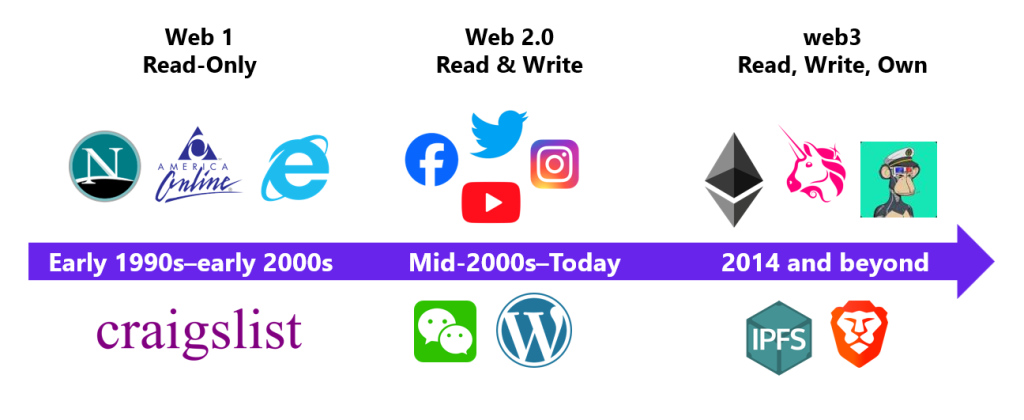
The evolution of the internet
The table summarizes the development of the internet through three different phases and details changes in their characteristics, user experience, and types of applications.
You’ll see that as technology continues to evolve, our interaction with the internet shifts. So far, it’s moved from passive consumption to active participation and now towards greater user autonomy and data ownership.
| Web 1 ”Static Web” | Web 2.0 ”Social Web” | web3 ”Decentralized web” | |
| Time Period | Early 1990s–early 2000s | Mid-2000s–Today | 2014 and beyond |
| Characteristics | – Read-only – Organizations create informational content for individuals to read – Limited data storage | – Read and write – Individuals and organizations create their own content and interact with others’ content – Big tech companies own and store individuals’ data on their servers | – Read, write, own – Individuals and organizations create their own and interact with others’ content – Stores data on decentralized networks that are communally controlled – Built on blockchain technology – Data can be verified |
| User Experience | – Static websites – Limited user interaction – One-way communication: you fetched information to read it – Basic HTML websites with little to no styling – Bare-bones appearance with limited dynamic content | – Dynamic, interactive websites – Rich user interfaces – Mobile-friendly (responsive design) – Abundant social interaction and networking – Collaboration is easy – Online toxicity (e.g., bullying, trolling) | – Interactions with technologies require some learning and can be challenging (e.g., wallets, gas fees) – Abstracting unnecessary details and artificial intelligence (AI) can help bridge the gap – Users have autonomy – People own their data and choose where to store it – Token economy |
| Types of Applications | – Web browsers like Netscape Navigator and Internet Explorer – Web portal America Online (AOL) | – Social media platforms – Video-sharing platforms – Web apps (cloud computing) – Mobile apps – Wikis and forums – Self-publishing platforms (blogs) – Crowdfunding platforms | Also known as decentralized applications or dApps: – Decentralized finance (DeFi) – Privacy-focused web browsers – Social and messaging platforms – Decentralized data storage – Freelance work platforms |
| Examples | – Welcome to Ryan’s World – RichDiesal’s JK2Radiant Mapping University – Craigslist online classifieds | – Facebook, X (formerly Twitter), Instagram, LinkedIn, WhatsApp, WeChat – YouTube – Google Docs – WordPress | – Blockchain data indexing protocol: The Graph – DeFi: Uniswap – Web3 browser: Brave – Social network: Farcaster – Decentralized data storage: IPFS |
Problems with Web 2.0
Web 2.0 offers us free access to many platforms, but companies like Amazon, Microsoft, and Google control most of these platforms, and the services come at the cost of our privacy and data ownership.
Security is an issue—we trust that companies are keeping our personal information secure, but breaches and identity theft are common.
We can’t trust all the information that people post, as misinformation is spread quickly through social media. People are not always able to identify what is false or inaccurate, and this causes anxiety and makes it difficult for people to make informed decisions (Bilodeau and Khalid).
Enter blockchain and web3
The concept of blockchain emerged with the release of the Bitcoin whitepaper in October 2008. The paper outlined a peer-to-peer electronic cash system that didn’t need a financial institution or any third party to allow online payments from one person to another. Soon after, the code was released as open source so that anyone could access, use, or modify the code, and the first modern blockchain was launched in 2009.
Blockchain is a key technology enabling web3.
💡 A blockchain is a shared database that stores data across a collection of computers instead of on a single server. The blocks are linked together, and data in a block cannot be changed once it’s stored. You can store any type of digital data on a blockchain, not just cryptocurrency transactions.
The term web3 didn’t emerge until 2014 when Gavin Wood, co-founder of the blockchain Ethereum and founder of the Polkadot network, used it to describe a more democratic and decentralized version of the internet.
Instead of a few companies providing most of the services, individual participants would communally contribute and provide services.
What are some technologies associated with blockchain and web3?
There are lots of technologies to learn about when we enter the world of web3. Here are some examples:
- Cryptocurrency is digital currency that’s based on blockchain technology. It’s secured by cryptography and there’s no central authority that manages and maintains the value of it.
- Popular examples include Bitcoin (BTC), Ethereum (ETH), and Solana (SOL), but there are many more.
- Cryptography keeps the blockchain secure by encrypting messages in the network of computers so that only the parties involved have access to their information.
- A cryptocurrency wallet allows you to access your crypto by storing the passkey(s) you use to send and receive crypto. Each wallet is compatible with specific tokens.
- Examples include MetaMask, Coinbase, and Trust, but there are many more.
- A smart contract is a program that automatically takes action when the conditions written in the contract are met. This helps the blockchain to operate without relying on a central authority.
- A decentralized application (dApp) is an application that runs on a blockchain or network of computers instead of a single server. dApps have smart contracts that dictate how they run, and the code is often open source.
- An example is Uniswap, which allows you to swap cryptocurrency.
- An NFT, or non-fungible token, is a digital asset that has been recorded on a blockchain. Each one is unique and cannot be copied.
- An example of a valuable NFT collection is Bored Ape Yacht Club.
- An oracle connects a blockchain to data from outside world sources. A developer would use an oracle to pull data into a decentralized application.
Why is decentralization important?
The concept of decentralization is central to blockchain and web3.
💡 Decentralization refers to the dispersal of control and decision-making with no one central authority. In the blockchain space, distributed participants are incentivized to provide quality services and don’t need permission to do so.
Already, you can see how decentralization creates a more open, inclusive, and empowering space. A space that doesn’t favor massive companies that seek to own your data for their profit.
Transactions on a blockchain are recorded using a peer-to-peer network:
- This type of network is made up of multiple distributed computers (or “nodes”) that communicate and validate transactions with each other. The nodes are independent equals, and there’s no central authority to tell them what to do.
- Each node has a copy of a blockchain, so the data is stored across the network, not in a single place. This means there is less opportunity for security breaches. All nodes must agree with each other on the data. This enables verification of the data without having to trust the participating nodes.
- Anyone can operate a node in a network (you don’t need permission), and the more nodes there are, the better for smooth operations and resiliency.
- Activity and transactions on a blockchain are public—anyone can view them.
If we imagine this model on a larger scale—not just applying to blockchain data but to all information on the internet—we could have greater trust and security on the web.
Why is open source important?
Also central to blockchain and web3 is open-source software.
💡 Open source refers to technology that provides its source code for anyone to view, modify, and distribute. This approach encourages collaboration and innovation as anyone can make fixes and improvements to the code.
The concept of open source aligns with the values of transparency, trust, and communal work. Technology evolves at an astounding pace, which requires us to work together to achieve reliable and user-friendly experiences for everyone.
We’re not there yet
Web3 faces some challenges on the path to becoming well-known, understood, and used by more people. Because all the inner workings of blockchain are visible and open, some find it intimidating to learn and use. Some think web3 is only about crypto trading, and not for them.
Some of the more technical folks among us are working on this barrier, like at Pinax and The Graph. As more of the web3 tech complexity is removed from the average person’s experience, it will be easier to use, while still maintaining the values that make it special.
Plus, there’s the opportunity to store more of the world’s information using blockchain and other trusted technologies so that we can browse the internet for information that is verified. Some of the core devs working on The Graph are building a web3 browser and knowledge graph app called Geo that will provide communities with the tools to organize and verify their information.
Continue learning more about web3 and its potential to create a more open, democratic, and secure internet for us all to enjoy.
Learn & explore more
- Continue learning with our post, Web3 Made Simple: What Is The Graph?
- Aspiring web3 developers: follow us on X, join our Discord, and connect with us!
- Hear from expert, Chris Dixon:
💡 This article answers questions like:
- What is web3 all about?
- What are the major phases of the internet?
- What are some problems with Web 2.0?
- What is blockchain?
- What are some web3 technologies?
- What does decentralization mean?
- What are the values of web3 communities?


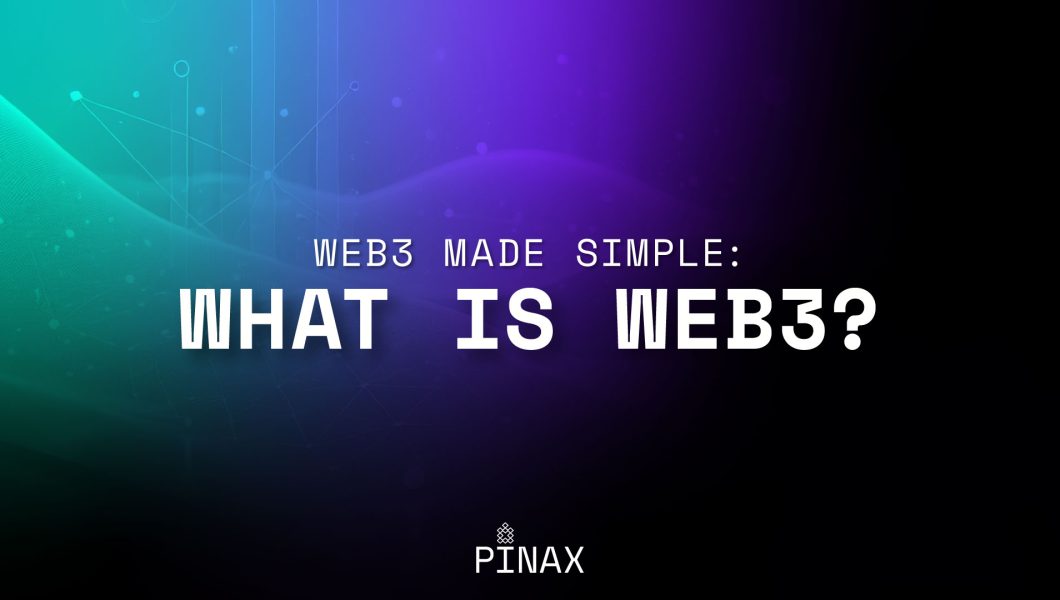


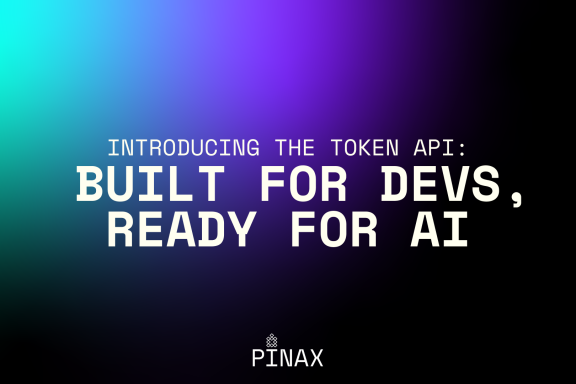
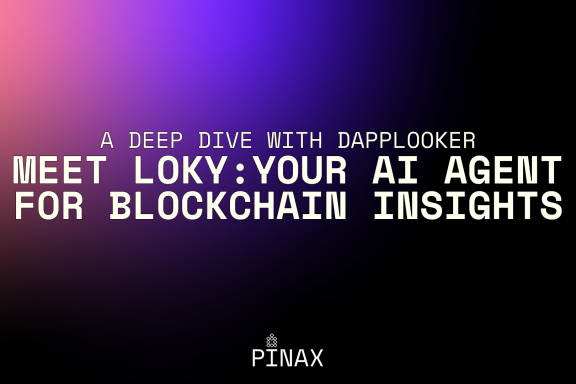
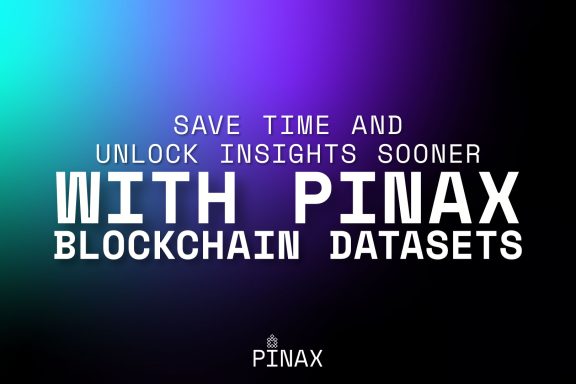
No Comments